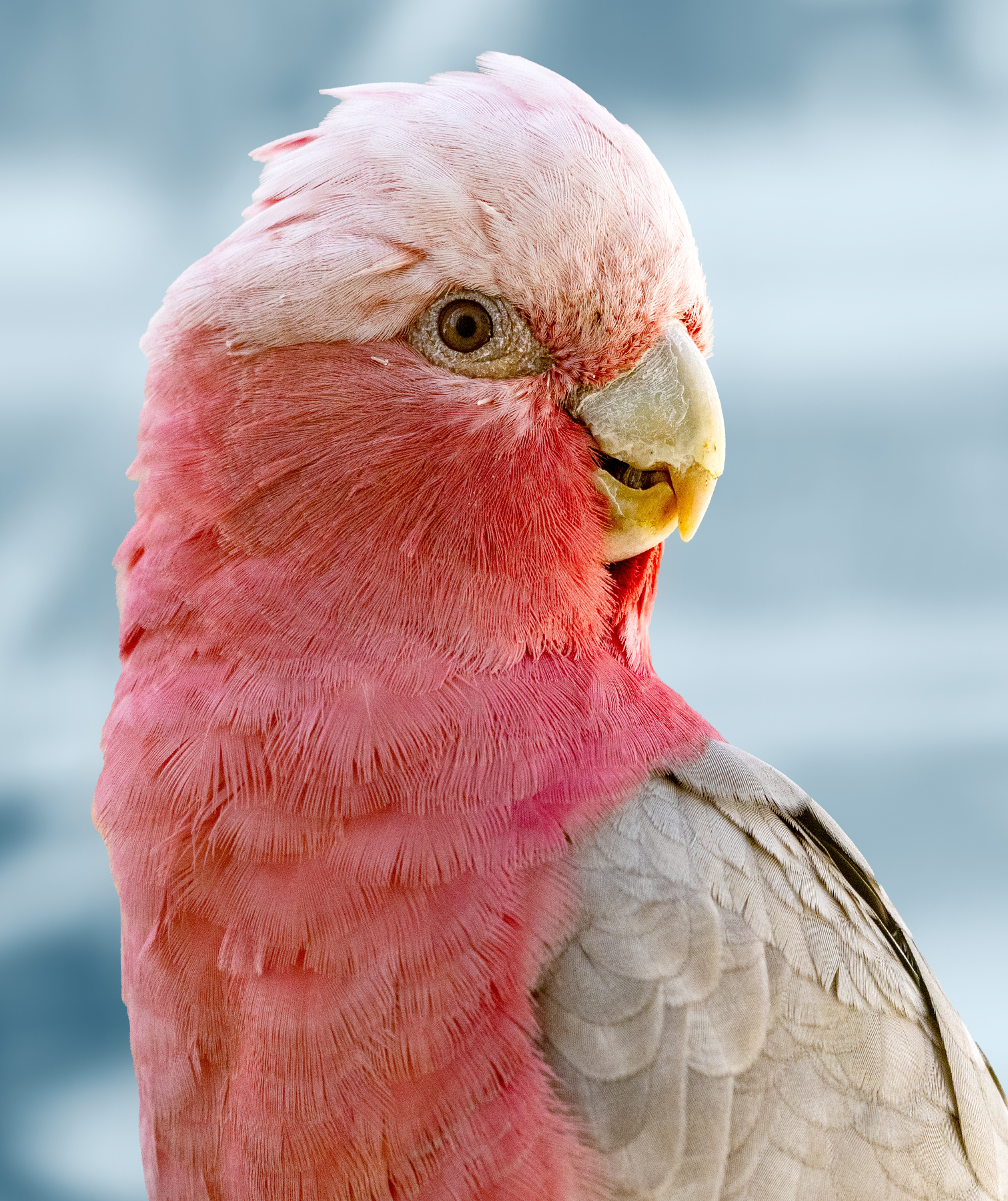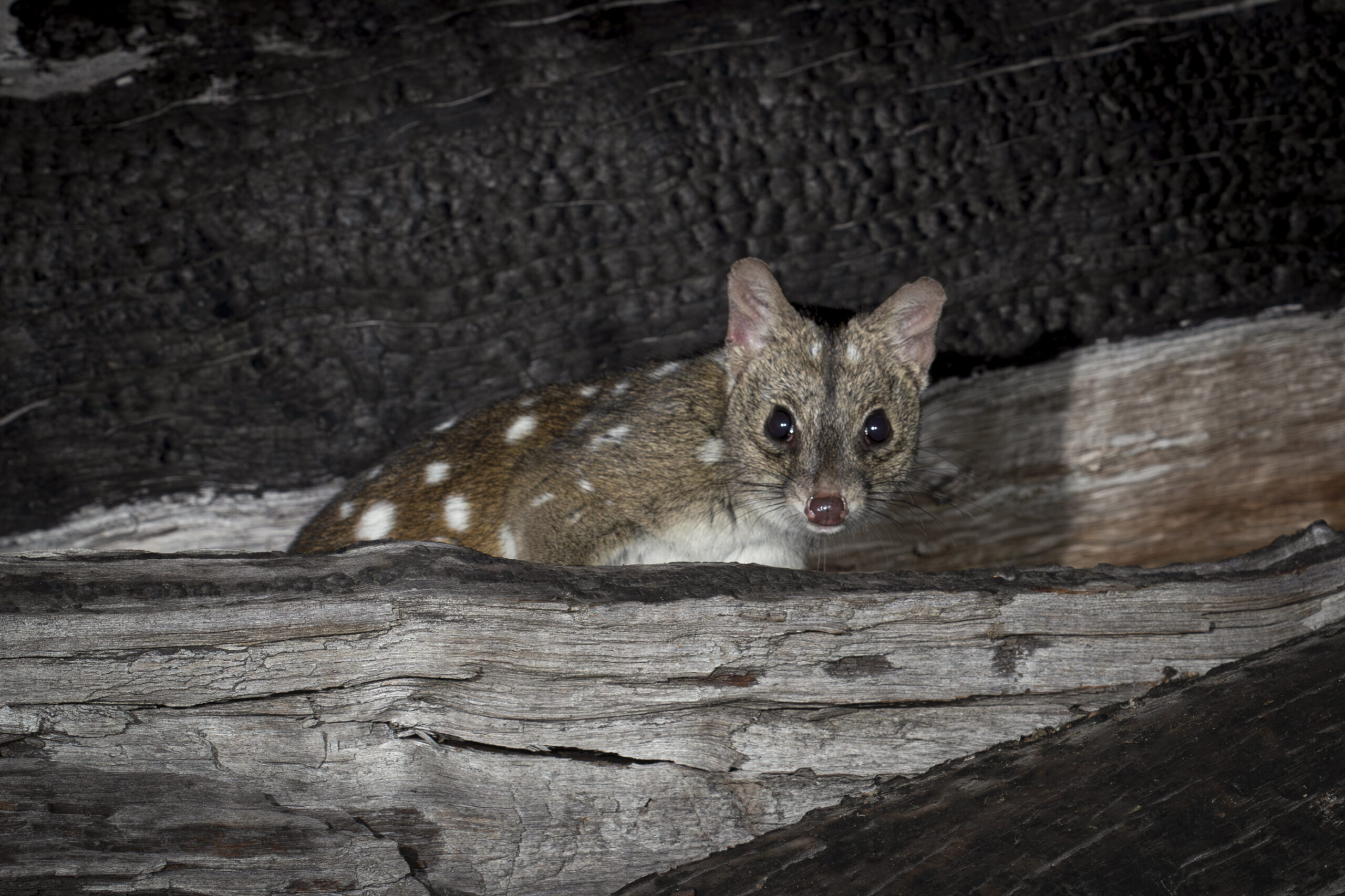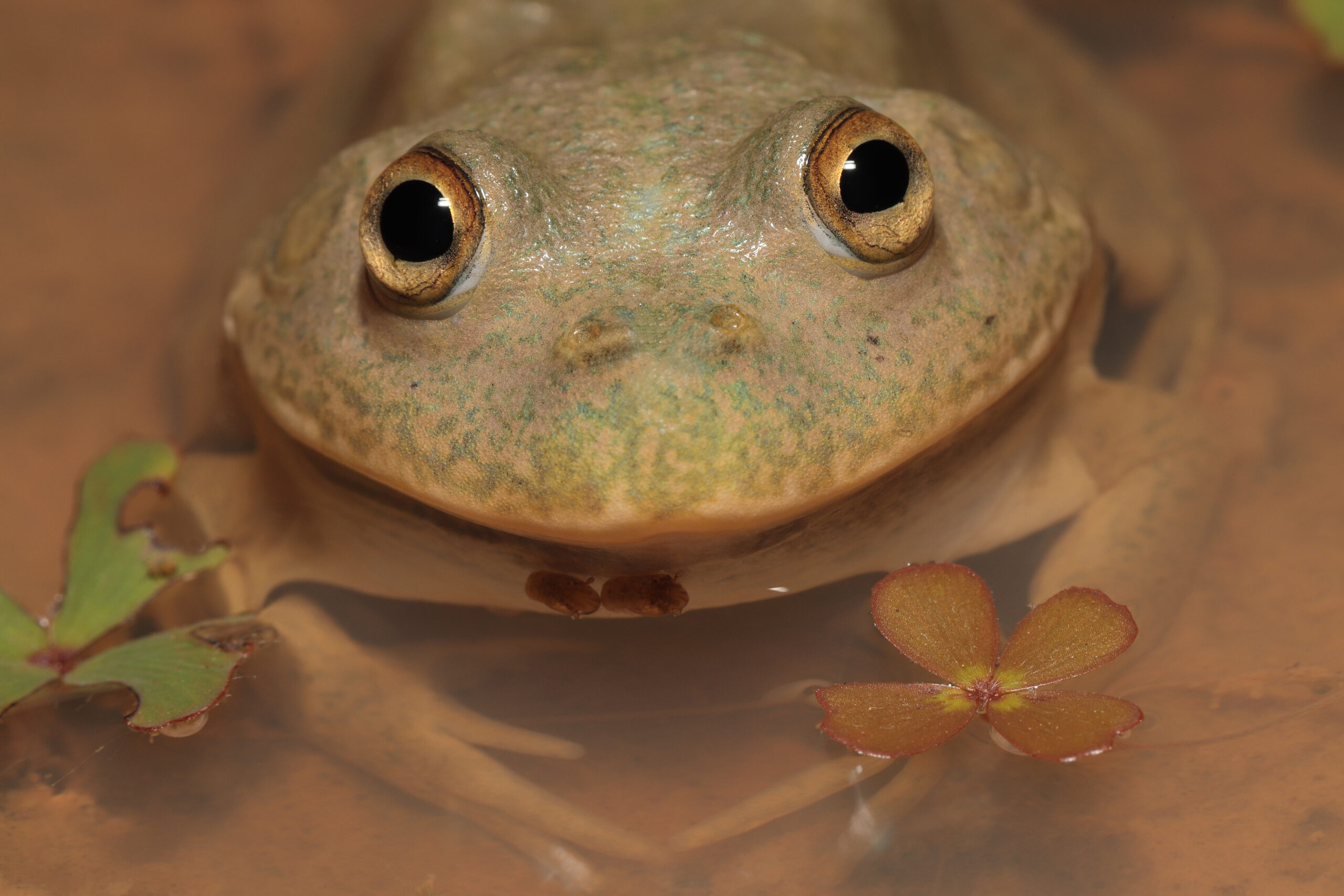| Common name | Galah |
| Scientific name | Cacatua roseicapilla |
| Type | Bird |
| Diet | Seed, nuts, berries, fruit, roots, and grubs. |
| Average lifespan | Around 25 years in the wild |
| Size | 34-38 cm tall |
Full of character and charisma, the common galah is one member of the cockatoo family that will keep you entertained for hours. If you’ve ever been the victim of the Australian slang phrase ‘you great galah,’ then you might just have caught a case of the sillies, like our native bird friend, who spends time bobbing its head as if in dance mode, cheekily eating fruit one handed from the tree and hanging upside down from powerlines.
Friendly and funny at times, male and female galahs are both pink with pale grey backs and wings with a paler pink crown of feathers on their head. The only difference between the two is that males have brown eyes and females have red. There are three sub-species of the galah, the eastern, northern, and western, all with slight variations in the colour of their plumage.
Living in most parts of Australia, except in heavily dense rainforest areas, the galah can also be found in Tasmania and was thought to have migrated over the Bass Strait under its own wing. A common sight in most backyards, the galah inhabits most areas within the country including open woodlands, parks, roadsides, fields, and farmlands and has benefited from land clearing for stock that came with European settlement.
When food is abundant, galahs can be found in huge quantities, with noisy flocks of between 500 and one thousand birds not uncommon. Enjoying a diet of seeds, as well as fruit, berries, roots, and grubs, these birds will feed mostly from the ground and then retreat into the protection and shade of the tree canopy during the hottest part of the day.
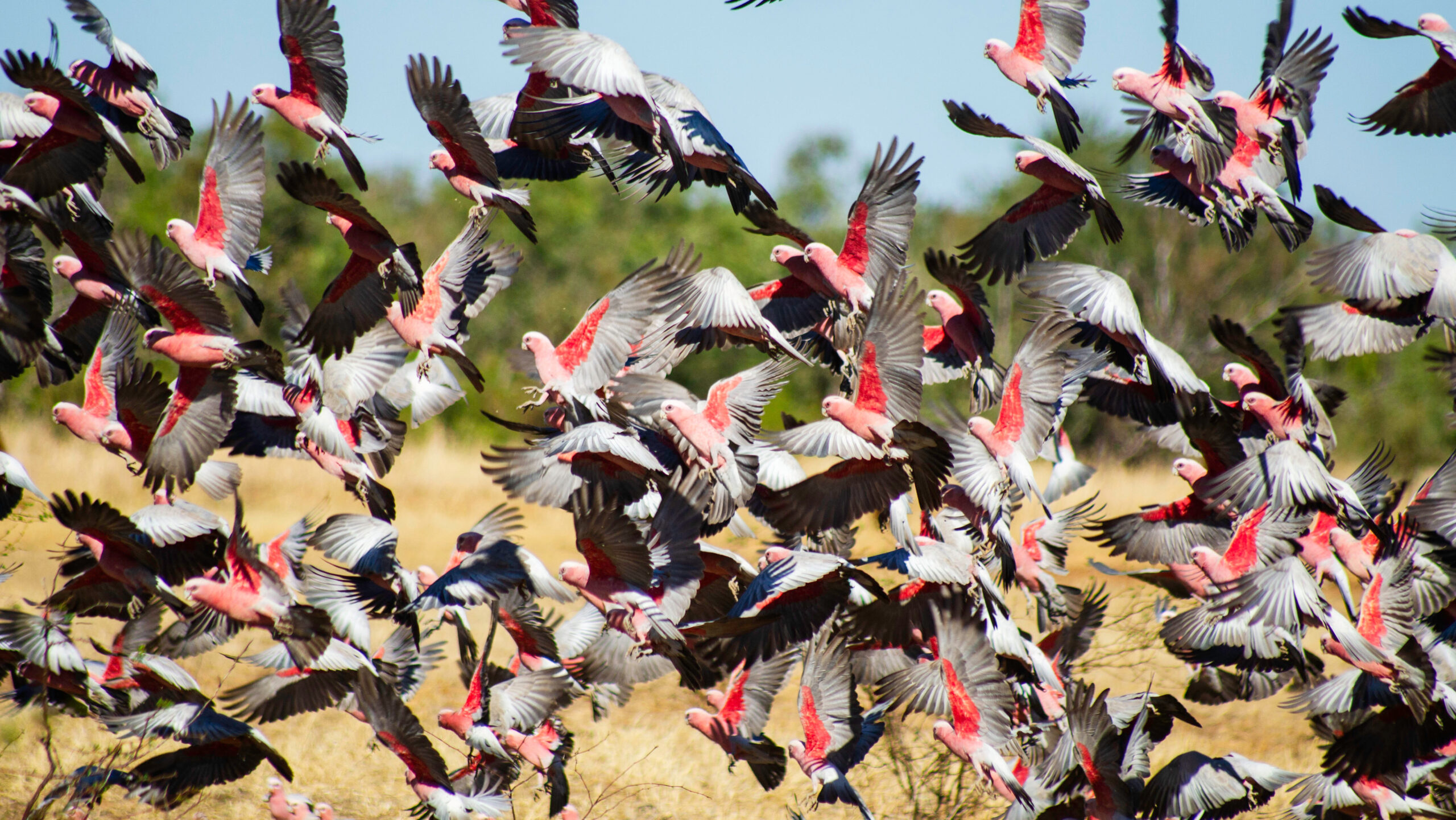
Preferring to stick with one mating partner for life, galahs are monogamous and will only re-couple if their partner dies but otherwise spend most of their time with their pair, feeding, cleaning, and playing. The male galah makes himself heard during breeding season, chirping, and screeching to get the attention of its spouse. In a nest lined with gum leaves usually in a tree hollow, the female will lay between two and six eggs, with both the male and female taking turns to incubate the eggs over the next 30 days. Once hatched, the parents continue to share the duty of feeding their young and at the age of eight weeks, the chicks will leave the nest and enter a type of bird-day care system for up to two months, with the juvenile birds of other breeding pairs. Unfortunately, up to 50% of galah young die before six months of age.
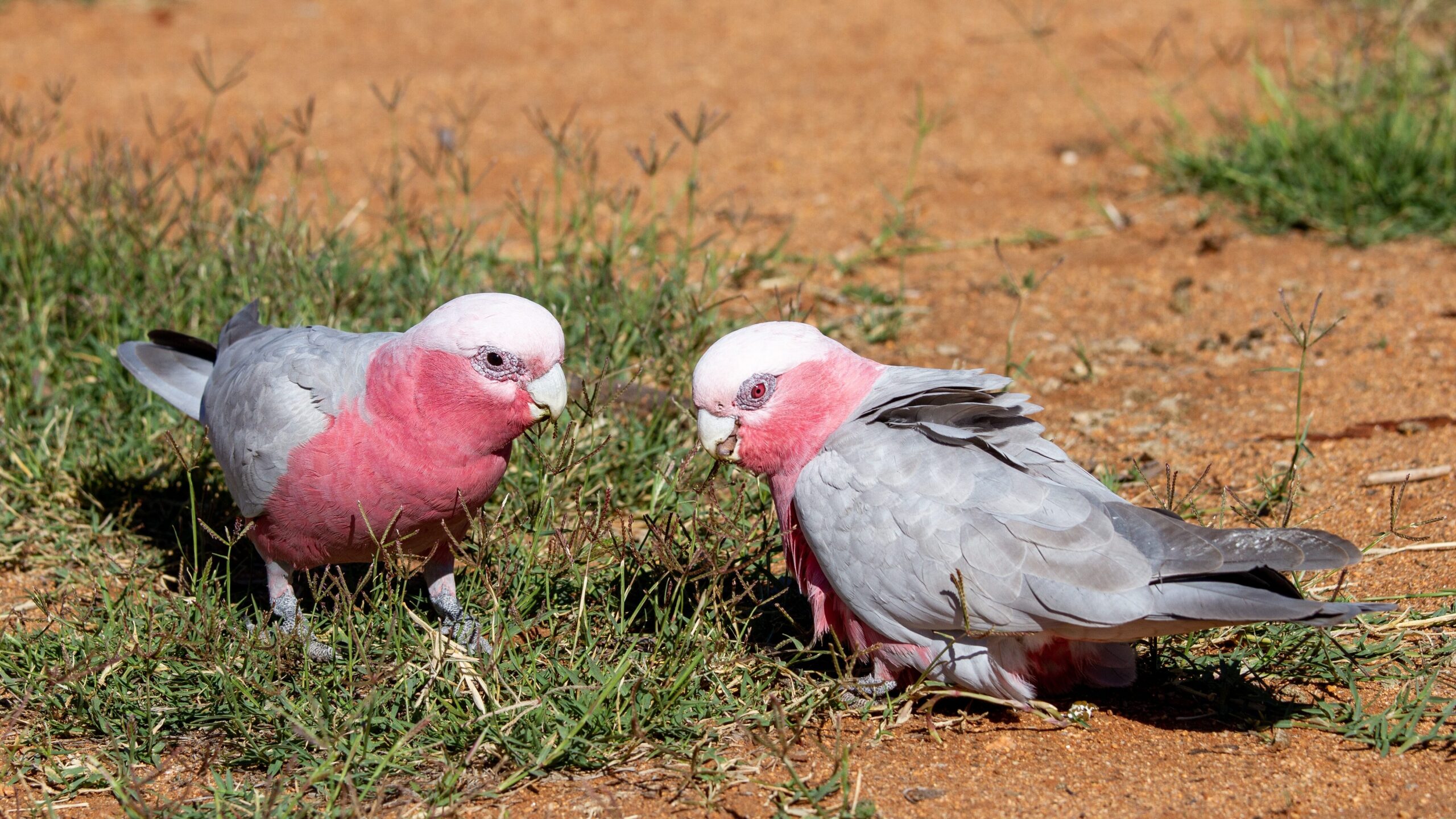
Extremely vocal in the bird world, the galah makes a type of ‘chet’ sound when it is flying, and this is known as a contact call. Galahs make this same sound but repeated over and over and more quickly if they are alarmed or distressed but will also make a loud screeching sound with its tail fanned, wings out and comb erect, if it feels threatened or in defence if attacked.
Spending time feeding on the ground makes the galah vulnerable to predators including foxes, but otherwise they are a hardy and resilient bird. Able to withstand hot, arid conditions and searing temperatures, the galah can go without water for long periods of time and can rehydrate by drinking salty water if it must.

